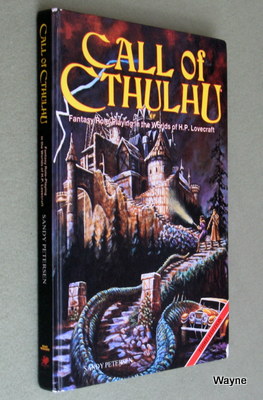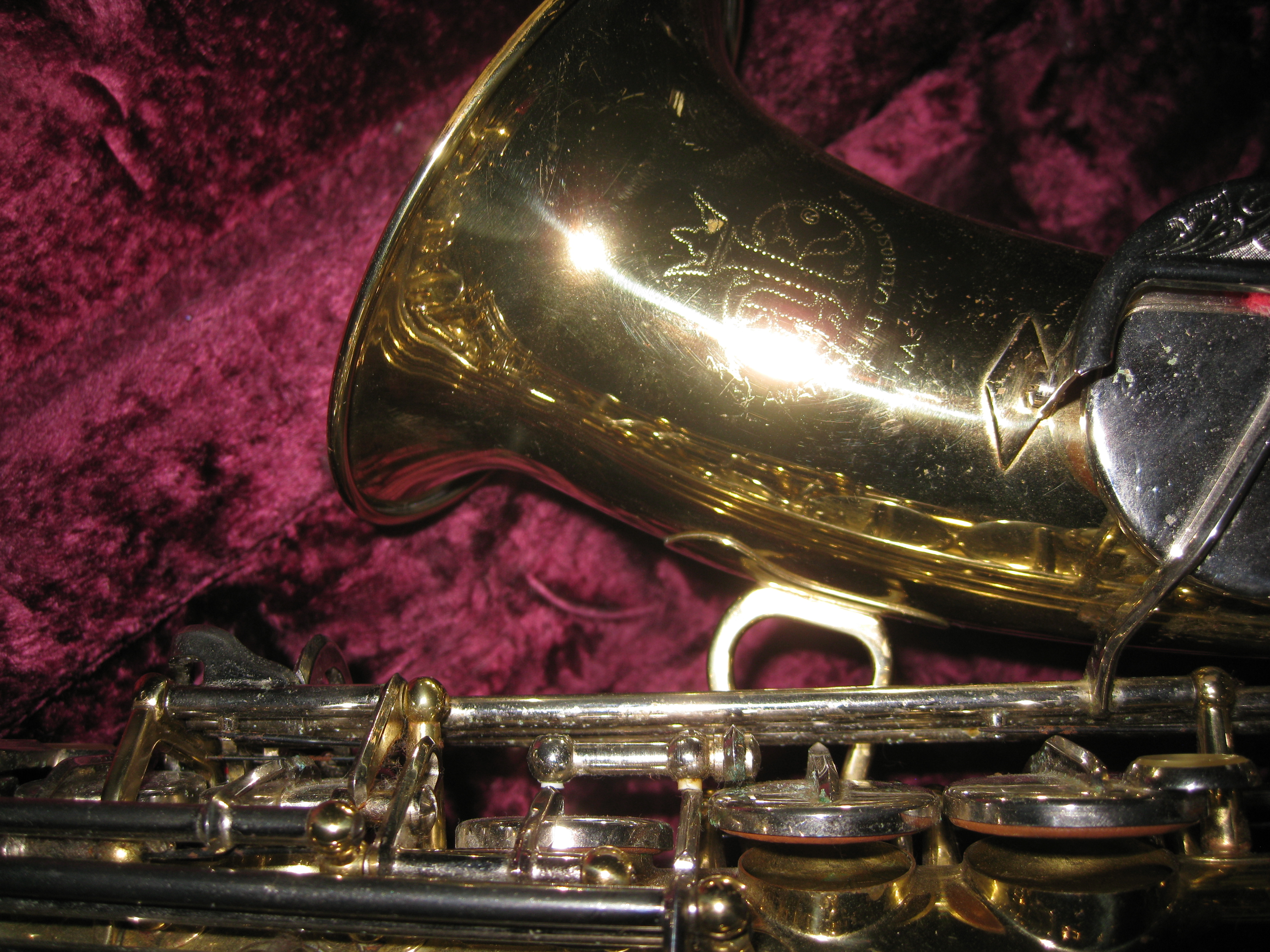Amati Kraslice Clarinet Serial Number

Some even used the Keilwerth serial number chart! I'm not quite sure if Amati just decided to use Keilwerth saxophones as their template for future models, but the 'second generation' of Amati horns, such as the 'Classic Super' is fairly reminiscent of Kohlert, not Keilwerth, designs.
Timeline • 1840: The Kohlert Company was founded in Graslitz, Czechoslovakia by Vincenz Ferarius Kohlert. However, he did not produce any saxophones. • 1900/01: V.F. Kohlert dies and the ownership of the Kohlert Company is transferred to his sons, Rudolf, Daniel and Franz and the company's name is changed to 'V. Kohlert's Sohne'. Kohlert produces the first German-made saxophone around this time. • 1910-1916 (Approximately): Kohlert stencils saxophones for HN White (King) in the USA.
• 1914-1925 (Approximately): Julius Keilwerth apprentices at the Kohlert company. It is arguable if Keilwerth influences Kohlert's designs more or vice versa. • 1938 (Approximately): Kohlert has become the largest German instrument maker, employing 600 craftsmen and producing an entire range of brass, woodwind and double-reed instruments. Keilwerth is a distant second with 150 craftsmen and producing only saxophones.
• 1939-1945 (Approximately): WWII. Kohlert produced relatively few instruments during this time, as production was limited by the conversion of most factories to producing war materiel and the Nazi original disgust of all things Western, especially jazz.
There was some limited production and some horns produced during WWII are labeled 'Reich' and are quite elaborately engraved - with Nazi regalia. • 1945-1947: After WWII, the firm was 'nationalized' into the Amati cooperative (Amati's website says the cooperative was founded in 1945 and was fully 'nationalized' by 1948 ) and the Kohlerts became workmen in their own factory, similar to what happened with the Keilwerth family.
According to the Lein article, the Kohlert family was no longer even allowed to put their stamp on their instruments. It's an unconfirmed fact that Amati used Kohlert and Keilwerth tooling in their first horns, rather than producing anything new: the first Amatis were labeled 'Toneking' - a Keilwerth model name - and had the Keilwerth 'Best in the World' logo stamped on the back. Some even used the Keilwerth serial number chart! I'm not quite sure if Amati just decided to use Keilwerth saxophones as their template for future models, but the 'second generation' of Amati horns, such as the 'Classic Super' is fairly reminiscent of Kohlert, not Keilwerth, designs. • 1948: The 'last' generation of the Kohlerts migrated ('evacuated' would be more accurate, according to the Lein article) to West Germany: Max Kohlert, an instrument maker, died in 1949.
Kurt Kohlert, a businessman, died in 1973. Ernst Kohlert, a musician, died in 1986 or '87.
Chaosium has the 5th edition hardback of Call of Cthulhu RPG for by them and/or made available as a downloadable PDF you can buy. Half and Fifth Values.  E 7th Edition is a collaboration between Paul Fricker Call of Cthulhu is published by Chaosium Inc., one of the oldest roleplaying.
E 7th Edition is a collaboration between Paul Fricker Call of Cthulhu is published by Chaosium Inc., one of the oldest roleplaying.

None of the three brothers ever married. After arriving in the West, Ernst worked for a short while with instrument makers near F%uFFFDrth. Shortly thereafter, the city of Winnenden provided the brothers with a former barracks (actually a wooden house) in which to establish a new workshop. • 1948/49: About forty people were employed in the Winnenden factory. At first, they only repaired instruments, mainly for the American army, but resumed instrument production began in the fall of 1949 with saxophones. A new serial number chart was instituted, starting at zero and the 'V.
Kohlert's S%uFFFDhne' mark was dropped in favor of just 'Kohlert'. Cybersax.com and a few miscellaneous newsgroup/forum posts also indicate that there was a Kohlert model that had beveled tone holes, like the Martin and early Couesnon horns. Considering this design is a radical departure from the standard Kohlert designs AND because Keilwerth also produced a similar design right after they fled Czechoslovakia, it's possible that either this 'new' model is either a Keilwerth design or could have been jointly developed between the two companies (there is a suggestion that the bodies were imported from the Martin company, but that's a bit of a stretch and there's nothing to corroborate this suggestion). • 1953/54: Kohlert employed around 100 people from 1953 to 1954, with about seventy working in the 'barracks' and another thirty working at home.
These 'home workers' had small shops in their homes and would receive the materials, complete their part of the assembly process and return them. Several craftsmen only made saxophone bodies and even the bells and necks were made in Winnenden [sic]. The Kohlerts also employed four tool-makers whose job it was to make the tools and apparati used in the factory according to the designs and needs of the instrument makers. Thus everything was done 'in house' with specially crafted tools. • 1955-1965: The two remaining Kohlert brothers, Kurt and Ernst, entered into contracts with American wholesalers which guaranteed that the Kohlerts would supply instruments at the same price for ten years. What the brothers didn't foresee was the onset of the 'Deutsche Wirtschaftswunder,' or 'German economic miracle', when the materials costs and wages rose dramatically. At this point they couldn't get out of these long-term commitments -- the penalty for breach of contract was severe.
- вторник 21 августа
- 49